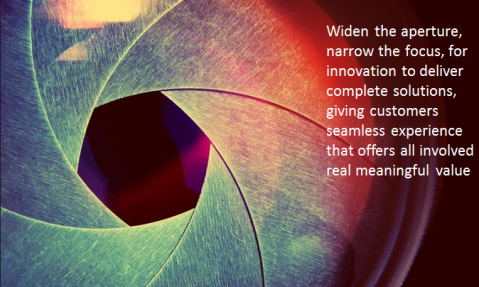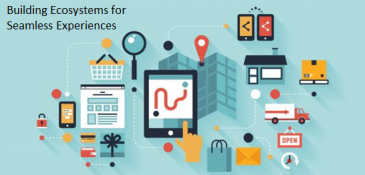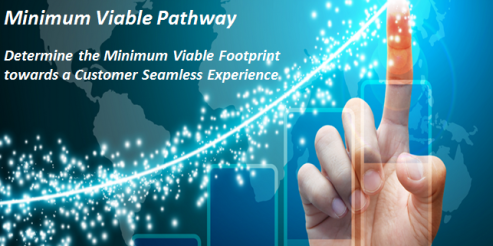 Throughout our blog posts about innovation, ecosystems and platforms, we’ve maintained one core theme: incremental, discrete product innovation will not create significant new revenues or disrupt markets.
Throughout our blog posts about innovation, ecosystems and platforms, we’ve maintained one core theme: incremental, discrete product innovation will not create significant new revenues or disrupt markets.
The reasons, as we’ve discussed, include the growing expectation of seamless experiences from the consumers’ viewpoint and the rising importance of platforms and ecosystems in which new products or services exist.
Minimum Viable Footprint
Today I’d like to highlight a new idea – innovating for the “Minimum Viable Footprint”, an idea that was first proposed in Ron Adner’s book entitled The Wide Lens. Adner defines the “Minimum Viable Footprint” or MVF as “the smallest configuration of elements that can be brought together and still create unique commercial value“. The MVF is the logical outcome of two realities: first, the already discussed idea that innovators need to innovate more than just a product, but must consider the ecosystem in which the product will reside, and second, the concept of a minimum viable product – something many companies already understand and practice.
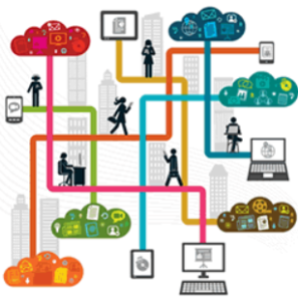 Through our discussions about innovation, ecosystems and seamless experiences we’ve highlighted the fact that 1)
Through our discussions about innovation, ecosystems and seamless experiences we’ve highlighted the fact that 1) 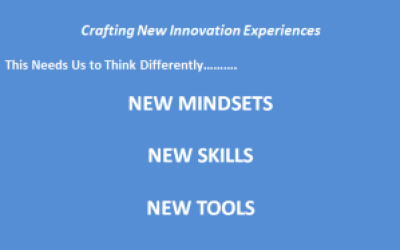 Our belief is that customer demand is changing. This will have a significant impact on the way organizations will have to adapt and change their innovation approaches in the future.
Our belief is that customer demand is changing. This will have a significant impact on the way organizations will have to adapt and change their innovation approaches in the future.